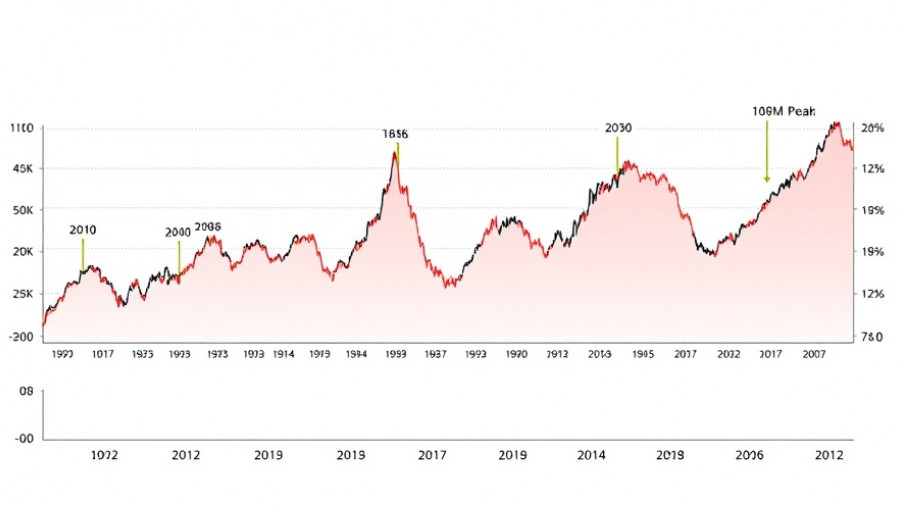
Exploring the Shift in Investment Thinking
Kenneth Blay's insights into the evolution of investment strategies challenge traditional dichotomies, such as the divide between active and passive investing. His research emphasizes that the real innovation isn't merely in financial tools, but rather in the personalized intentions behind their use. Blay argues that the future of asset management lies in customization, which ultimately requires the nuanced judgment of skilled professionals.
Why Customization Matters in Portfolio Management
Blay's perspective, as outlined in his co-authored monograph, "Beyond Active and Passive Investing: The Customization of Finance," presents compelling evidence that effective investment strategies go beyond algorithm-driven methodologies. By examining global data trends from 1989 to 2021, he highlights how active management still plays a crucial role outside U.S. large-cap equities. This evolution towards customization can enhance tax efficiency and align with specific investor preferences, such as ESG commitments.
The Importance of Human Judgment
In discussions about the role of predictive models in investing, Blay posits that while tools like principal component analysis play a vital role in tracking macroeconomic changes, they don't inherently provide understanding. "Models tell what’s changing, but not why," Blay asserts. This underlines the necessity of integrating human judgment—shaped by experience—to navigate complex financial landscapes.
Bridging Macroeconomics and Portfolio Construction
Blay's transition from a focus on macroeconomic research to portfolio construction illustrates a broader trend within finance—the need for interdisciplinary collaboration. By exchanging insights with equity and multi-asset teams, Blay fosters a holistic approach to investing that aligns macro signals with real-world market strategies.
 Add Row
Add Row  Add
Add 




Write A Comment